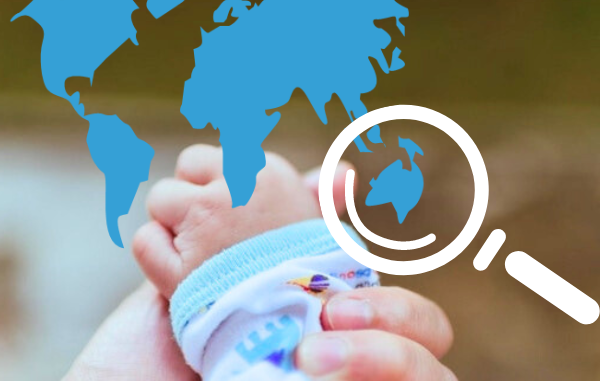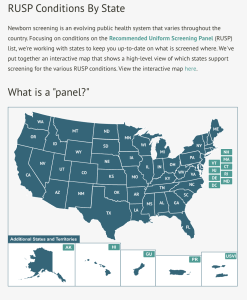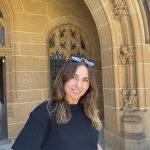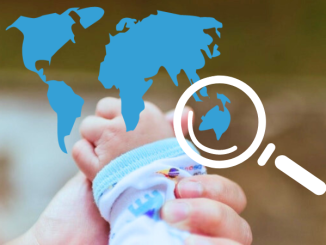
Story Background
Newborn screening, also known as the heel prick test, is a widely successful public health program conducted globally which pursues the goal of detecting rarer diseases before they become symptomatic.
However, the number of genetic and metabolic conditions that the test screens for varies between countries. In Australia, it is provided by newborn bloodspot screening (NBS) programs which are run by each state and territory. A successful petition by “Fix Newborn Screening” drew attention to the grievance that Australia’s universal newborn screening program only tests for 25 different genetic and metabolic conditions. By comparison: in the U.S., 61 diseases have been among the target diseases for newborn screening since July 2018.
Newborn screening programs in Australia are managed by state and territory governments and consequently vary from state to state. Each state and territory follows the National Policy Framework that guides the national policies necessary to “provide a robust and transparent process for national decisions on the conditions screened as part of the Newborn Bloodspot Screening program”. State laws, financial costs, and the prevalence of the disease in each state affect screening coverage. The result is that Australian infants’ healthcare varies widely.
During last year’s election pledge, Prime Minister Albanese promised to address this issue by delivering a national and expanded newborn screening program for 80 diseases by July 1, 2023, to end the “postcode lottery” of newborn screening. So far, little action has been taken. This is justified by the argument that the process is characterized by excessive complexity and is therefore slowed down.
Story Angle
This story focuses on what measures Australian policymakers plan to take to bring Australia’s newborn screening program up to the level of other industrialized countries. Prime Minister’s defined goal is to regulate newborn screening so that it becomes nationally consistent. The story focuses on the issue of realizing this goal. I will pay particular attention to the influences that make this difficult, such as state laws, funding distribution, and the availability of treatment and follow-up for each condition.
Online Publication and Audience
This story will be written in the format of a feature in the health section of ABC News.
One reason for this is that the topic is of interest on a national and international level. ABC is committed to providing quality news and current affairs content that is relevant and accessible to a wide range of Australian audiences. ABC News websites averaged 12.2 million users per week in 2021. According to Similarweb , abc.net.au’s audience is 54.52% male and 45.48% female. The largest age group of visitors is 25-34 years old. Thus, the main readership is in the age range of expectant parents and young families.
Online Delivery
ABC News regularly delivers data journalism content. The story works well to create an interactive map with details about the states’ various newborn screening programmes, such as provided by the newborn screening education resource center of the USA.

In addition, I would like to put a spotlight on Pompe disease, which cannot yet be diagnosed by screening in Australia. For this I will talk to representatives of the Australian Pompe Association. As a multimedia extra, I would embed excerpts from the recorded interview in the article.
Sources
Interviewees
- The initiators of the “Fix Newborn Screening” petition, contact person Felicity McNeill (Health and Subsidies Sector).
- NSW Newborn Screening Program Staff (9845 3659 / NSWH-NewbornScreening@health.nsw.gov.au).
- The Office of the Prime Minister (request statement).
- The Department of Health and Aged Care Australia
- Australian Pompe Association australianpompe@gmail.com / Volunteer Maddy Collicoat
Additional research material
- Newborn Bloodspot Screening – National Policy Framework
- Media Release PM Albanese “Labor Will End the Newborn Health Screening Lottery”
- Newborn screening information sheet provided by NSW Health Department.



I think you have chosen a very newsworthy story with social value. The Newborn screening is a novel angle and the topic is of great concern to the society. I think you have provided a very clear and comprehensive explanation of the news story and I can clearly understand what you are trying to say. And you provided a clear explanation of the target audience for the article. My suggestion would be to provide more multimedia in the final news story, for example by inserting some youtube videos. Also for the interviewer, I think it would be good to interview some of the state leaders and policymakers in each state to get more information. Overall I really enjoyed your news story and am looking forward to seeing your final article!